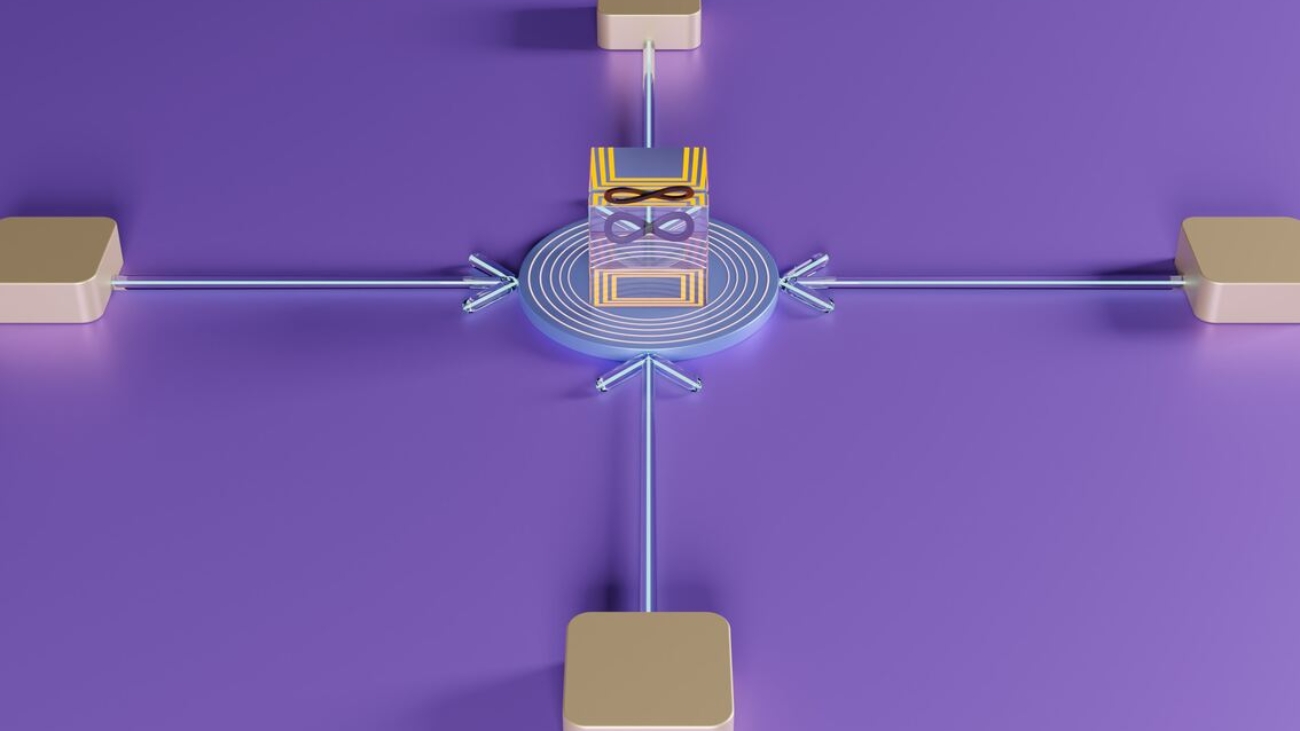In this blog, we’ll share the top 6 DevOps best practices for continuous integration and delivery. DevOps, a combination of development and operations, has become a crucial approach for organizations to deliver software products faster and with better quality. Continuous Integration and Delivery (CI/CD) are key practices of DevOps that enable teams to deliver software frequently and reliably. CI/CD is an automated process that involves building, testing, and deploying software changes to production. To achieve success with CI/CD, it is important to follow best practices that streamline the development process, increase efficiency, and reduce errors. In this context, this article will explore some of the best practices for CI/CD in DevOps, which can help organizations to achieve continuous delivery of high-quality software.
1. The traditional divide between development and operations teams
In many organizations, there has historically been a clear division between software development teams and operations teams. Development teams were responsible for writing and testing code, while operations teams were responsible for deploying and maintaining that code in production environments. This separation often led to communication gaps and delays, as well as conflicting priorities and objectives. However, in recent years, there has been a growing movement toward “DevOps” – a philosophy and set of practices that aim to break down these silos and foster collaboration and communication between development and operations teams.
2. What is DevOps and how does it bridge the gap?
DevOps is a software development approach that emphasizes collaboration, communication, and integration between development and operations teams. It aims to streamline the software development lifecycle by breaking down silos and improving communication between teams, ultimately resulting in faster delivery of high-quality software. DevOps bridges the gap between development and operations teams by encouraging them to work together throughout the entire development process, from planning to deployment and maintenance.
This collaboration helps to ensure that the software meets the needs of all stakeholders and is developed with operational considerations in mind, such as scalability, reliability, and security. By adopting DevOps practices, organizations can achieve faster delivery of high-quality software, improved customer satisfaction, and increased business agility.
3. Benefits of collaboration between development and operations teams
Collaboration between development and operations teams can yield a variety of benefits for organizations. By working together, these teams can streamline the software development process, reduce errors and delays, and improve overall efficiency. Development teams can gain a better understanding of the operational requirements and constraints of the software they are building, and can design and test their code with these factors in mind.
Meanwhile, operations teams can provide feedback to developers on how their code will perform in production, and can help identify and address potential issues before they become critical problems. This collaboration can also foster a culture of continuous improvement, where teams work together to identify and implement improvements to the software development process and the systems they support.
Ultimately, the benefits of collaboration between development and operations teams can lead to faster time-to-market, higher-quality software, and a more agile and responsive organization.
4. Faster time to market for software releases
Faster time to market for software releases has become a critical factor for businesses seeking to remain competitive in today’s rapidly evolving digital landscape. DevOps practices, such as Continuous Integration and Delivery (CI/CD), enable teams to release software updates more frequently and with better quality. By automating the software delivery process, organizations can reduce the time and effort required to deploy code changes, resulting in faster releases and reduced time-to-market.
This not only benefits businesses by allowing them to respond quickly to market changes and customer feedback, but it also enhances the user experience by delivering new features and improvements faster. DevOps practices are essential for achieving faster time to market for software releases and are increasingly becoming a necessity for businesses looking to stay ahead of the competition.
5. Improved quality and stability of the software
One of the key benefits of collaboration between the development and operations teams is the improved quality and stability of the software. When these teams work together, they can identify and address potential issues earlier in the software development lifecycle, before they make it into production. This can help reduce the number of bugs and errors in the software, as well as improve its overall stability and reliability.
By working closely with operations teams, development teams can gain a better understanding of the operational requirements and constraints of the software and can design and test their code with these factors in mind. This can help ensure that the software is optimized for performance and scalability and that it will function as expected in production environments.
Overall, improved quality and stability of the software can help organizations deliver better products and services, increase customer satisfaction, and reduce costs associated with maintenance and support.
6. Enhanced communication and problem-solving skills
Effective communication and problem-solving skills are crucial for success in the software development industry. DevOps practices emphasize collaboration and communication between development and operations teams, which can help to enhance these skills. By working together, teams can gain a deeper understanding of each other’s perspectives, identify potential issues earlier in the development process, and work together to find solutions.
This collaborative approach fosters a culture of continuous improvement, where teams are encouraged to learn from each other and take ownership of their work. Additionally, DevOps practices such as Continuous Integration and Delivery (CI/CD) require a strong focus on problem-solving skills, as teams must identify and resol ve issues quickly to ensure that software updates are delivered with high quality and minimal downtime.
Overall, DevOps practices can help to enhance communication and problem-solving skills, leading to more efficient and effective software development processes.
If you have any queries, please feel free to contact us

Add a Comment